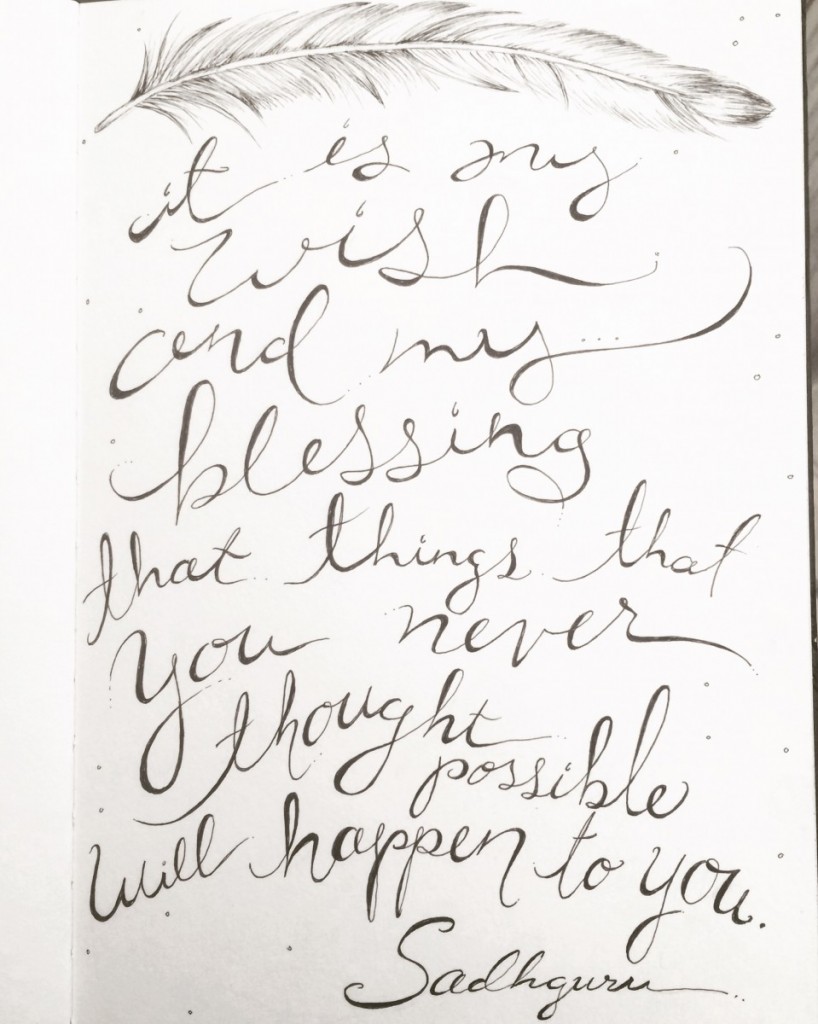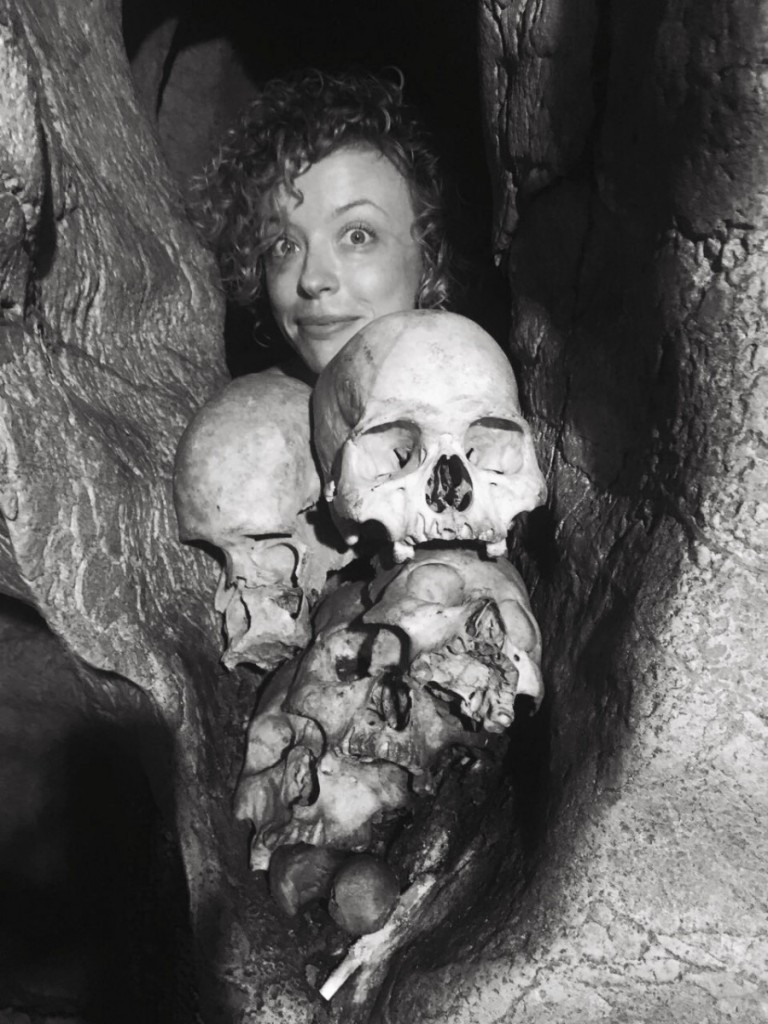I find myself crunched in the backseat of car, clutching on to my backpack as we head down a steep gravel road. I am in the mountains of Tana Toraja in Sulawesi, Indonesia. I look out the window and see a family’s worth of laundry drying out on a boulder in the remaining sunlight. I want to take a photo but we are in a hurry to get to the market before it closes. I’ll have to keep the image in my mind instead.
We arrive at the market and head down the aisles filled with black spices, mounds of tiny fish, coffee, and leafy greens now wilted from the heat of the long day. Our guide leads us to a dark corner of the market where a man humbly sits, carving intricate details into a small piece of wood. They whisper in Torajan and the carver looks at us, surprised. He disappears behind the tapestry of his market stall and returns with a giant bag overflowing with rocks. I look into the bag and smiled. We found the red pigment.
The moment felt unusually symbolic. For the past ten weeks I have set out to discover place-based pigments and dyes in Indonesia, but in reality it has felt like it’s taken much longer to get here. Perhaps I’ve always been on a quest for color.
In the beginning of my art internship at Green School, I focused on finding more sustainable solutions to materials. Yet although we were using pigments from the earth to make the supplies, I couldn’t help but question: What if we used only local sources for color? What if your art supplies were just outside the classroom? This gave me the idea to design a “color garden” at Green School– a place where students would be able to learn about regional plants that produce dyes for creative experimentation. For my inquiries, I focused on the primary colors of Bali– red, yellow, and blue– because from these colors an entire rainbow can be mixed. I learned that establishing a color garden is not so easy as growing annual vegetables– some of the plants, although in their native habitat, yield very little dye. Many Balinese locals source one color from an established farmer who, for example, rotates their rice crops with indigo (a nitrogen fixer). I still have hopes for an educational color garden in the future, with a variety dye plants, flowers, fruits and berries to play with!
Dye plants are just one side of the colored coin. Inspired by Victoria Finlay’s book Color: A Natural History of the Palette, I set out to find regional earth pigment in Sulawesi, knowing that in the secluded area of Toraja they used earth-based paints in their traditional woodcarvings. More than a just search for color, this trip opened my eyes to a drastically different culture of the Indonesian archipelago. The most significant experience was attending a traditional funeral where I witnessed the sacrificing of 62 buffalos. In Toraja, the buffalo is a symbol of both life and death– death because it’s sacrifice is what brings you to the afterlife, and life because it feeds you. In their traditional woodcarvings, the visual motifs always revolve around the image of the holy buffalo. This is just one example of how food and visual arts together are symbolic markers of a culture’s identity– to pay attention to just one would take out a verse in a song worth hearing.
Back in the classroom at school, I have taken part in all middle and high school art classes– this term shifting gears from eco-art to digital arts. Projects in these classes have focused on greening your social media fingerprint, specifically by teaching ‘tweens’ how to create a more positive and effective web presence as they head into these platforms. I have also been helping students to create wordpress sites, almost ironically considering that has been my own web platform for my studies this quarter.
For the past several weeks I’ve been curating a huge art exhibition for Green Schools’ end-of-year showcase called Sustainable Solutions. The art will exhibit local and student work that demonstrates eco-values in content, design, and/or use of materials. Through my community, I have been inspired to find my own voice and vision for what eco-art actually means to my own practice. I am excited to exhibit my work on June 10-11th alongside the amazing community that I’ve been immersed in all year.
This final quarter at Evergreen has magically been a culmination of many of the subjects I’ve studied for the past three years. Yet my experience at Evergreen has taught me that “the whole is greater than the sum of its parts.” It would be impossible for me to break down my learning experience to individual subjects (or even credits), because for me, I’ve been learning about my whole self– and my true colors– all along.
I’d like to thank Sarah Williams, for giving me the opportunity to follow my dream internship at Green School by sponsoring me and supporting me relentlessly along the way. Without you, none of this would be possible! You deserve all of the chocolate in the world! Thank you a million times over!
I’d also like to thank my dad, who I am pretty sure is the only person besides SW who reads this blog. Thanks Papa John! You’re the best.
Last but not least, I’d like to thank myself, who pushed myself to go back to college and get a degree that means something to me. You did it and I’m proud of you.
Maybe I’ll post something on Taste of Bali again, but if not… chao!
image of me & all the friends that I made in Toraja




Be First to Comment